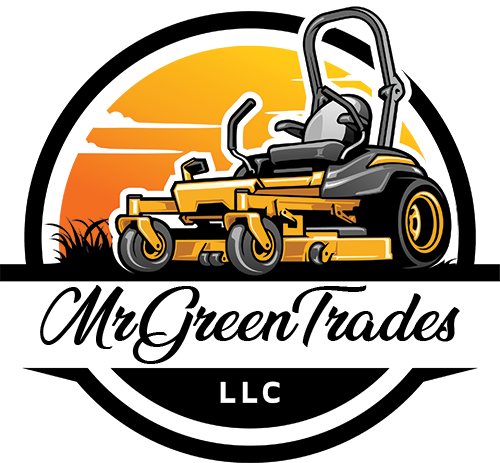Introduction
As the leaves begin to change colors and the temperatures cool down, it’s time to shift your focus to fall lawn care. Properly caring for your lawn during the autumn months is essential for ensuring a healthy and vibrant yard come springtime. In this comprehensive guide, we’ll explore the essential tasks and tips for fall lawn care to help you achieve that lush, green lawn you’ve always dreamed of.
- Raking and Leaf Removal
One of the most critical fall lawn care tasks is raking and removing fallen leaves. While the sight of colorful leaves on the ground is undoubtedly beautiful, leaving them to accumulate on your lawn can be detrimental. A thick layer of leaves can smother your grass, blocking sunlight and air, and potentially leading to mold and disease.
To prevent this, regularly rake and remove leaves from your lawn. You can use a traditional rake, a leaf blower, or even a mulching lawnmower to make this task more manageable. If you have a large property, consider composting the leaves or bagging them for city or county collection.
- Mowing
In the fall, adjust your lawnmower blade to a lower setting and continue mowing your lawn as needed. Cutting your grass slightly shorter helps prevent the growth of mold and mildew that can thrive in longer grass during the wetter fall months. However, avoid cutting your grass too short, as this can stress the lawn. A general rule of thumb is to keep the grass height at about 2-2.5 inches during the fall.
- Aeration
Aeration is an essential fall lawn care task that helps improve soil compaction and allows nutrients and air to penetrate the root zone. You can aerate your lawn using a manual or mechanical aerator. This process helps water and nutrients reach the roots more efficiently, promoting healthy grass growth.
- Seeding and Overseeding
Fall is an ideal time for seeding or overseeding your lawn. The cooler temperatures and moist soil create the perfect conditions for grass seed to germinate and establish itself. Overseeding can help thicken your lawn and fill in any bare spots.
Before seeding, be sure to remove any debris, thatch, or dead grass from the lawn’s surface. Afterward, spread the seed evenly across the lawn and lightly rake it into the soil. Keep the newly seeded area consistently moist until the grass is well-established.
- Fertilization
Fertilizing your lawn in the fall is crucial to ensure it has the nutrients it needs to survive the winter and thrive in the spring. Use a slow-release, nitrogen-rich fertilizer with a higher potassium content to promote root development and disease resistance.
Apply the fertilizer according to the manufacturer’s instructions, and water your lawn thoroughly after application to help the nutrients penetrate the soil.
- Weed Control
Fall is an excellent time to address weed issues in your lawn. Weeds are often weaker in the fall, making them more susceptible to herbicides. Spot-treat any persistent weeds, and consider using a pre-emergent herbicide to prevent weed seeds from germinating in the spring.
- Fall Watering
While the fall season generally brings more moisture, it’s essential to monitor your lawn’s water needs. Continue to water your lawn as necessary, especially if you experience a dry spell. Deep, infrequent watering is more effective than frequent shallow watering, as it encourages deep root growth.
- Lawn Equipment Maintenance
Don’t forget to give your lawnmower and other lawn equipment some TLC before storing them for the winter. Clean and sharpen the blades, change the oil, and replace any worn-out parts. Proper equipment maintenance ensures they’ll be ready to go when spring rolls around.
Conclusion
Fall lawn care is a critical part of maintaining a lush and healthy yard year-round. By following these tips and tasks, you can ensure that your lawn is well-prepared for the challenges of winter and will emerge in the spring looking its best. So, grab your rake, mower, and fertilizer, and get to work on your fall lawn care routine to enjoy a vibrant and beautiful lawn next year.

